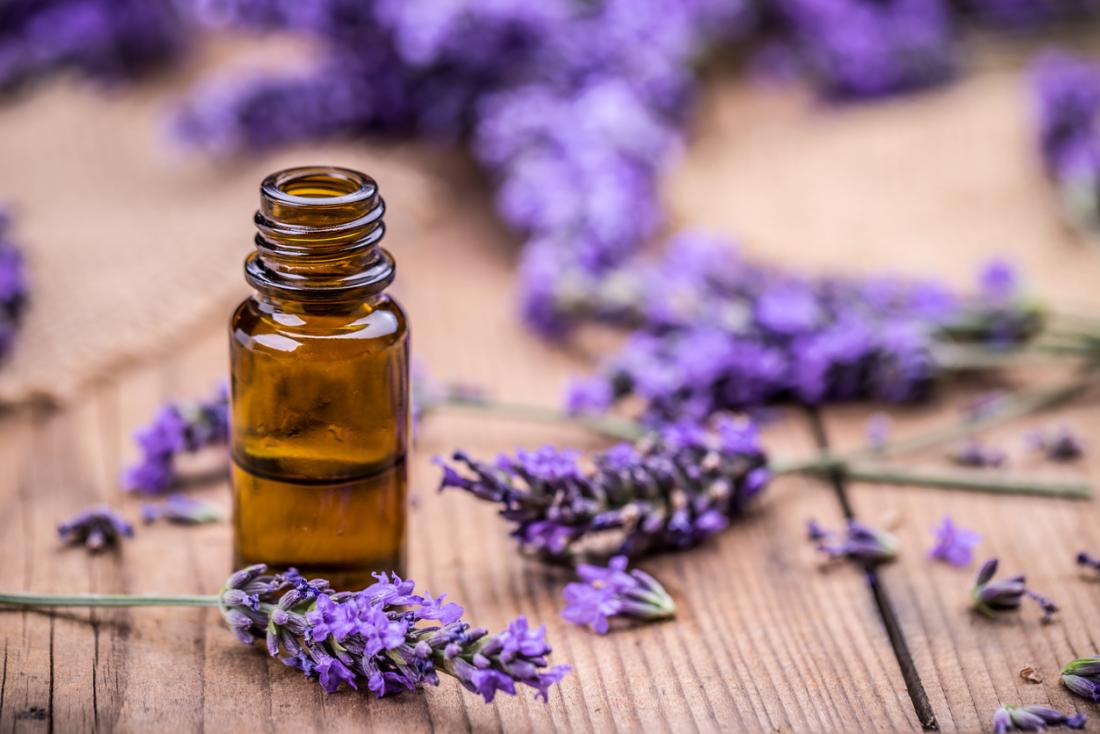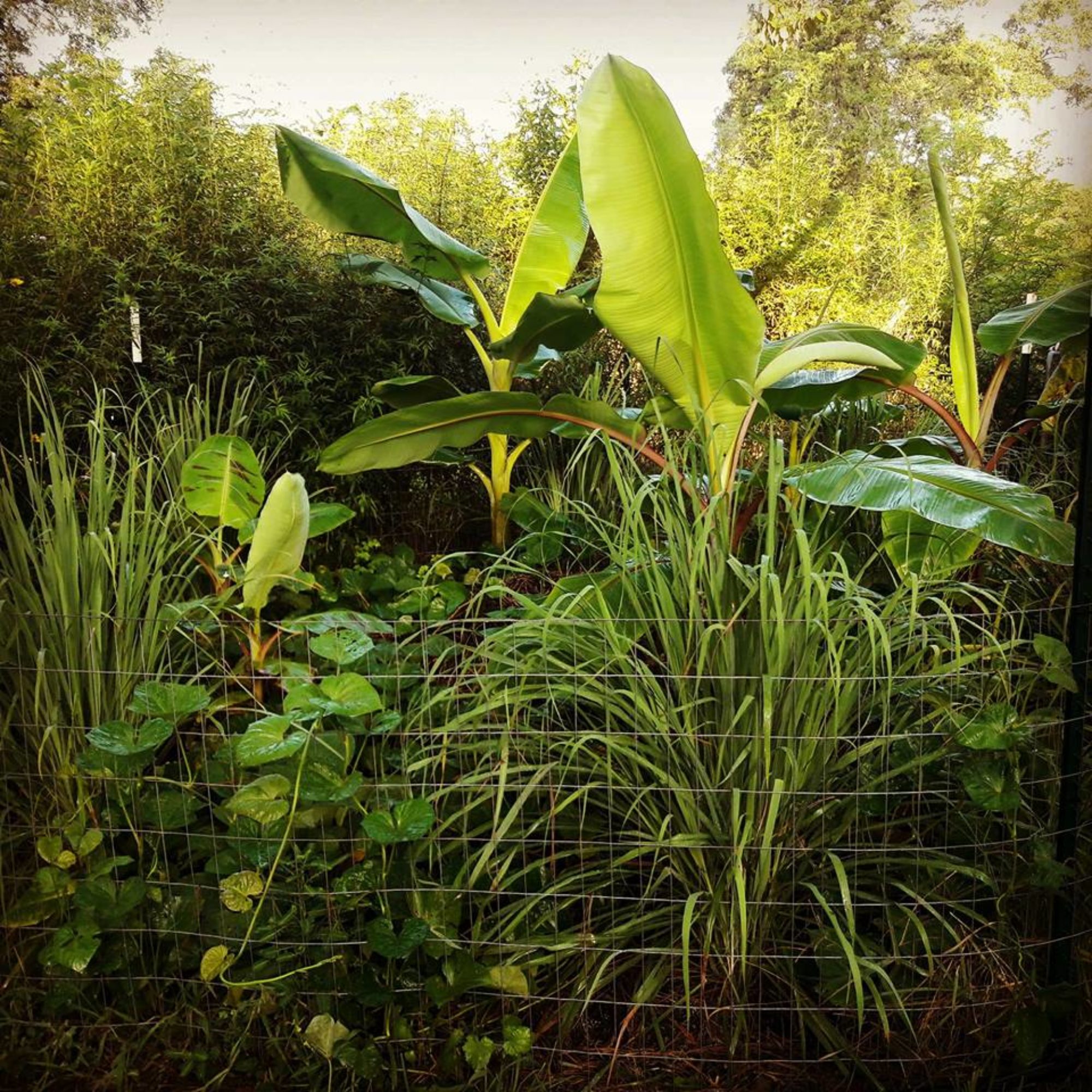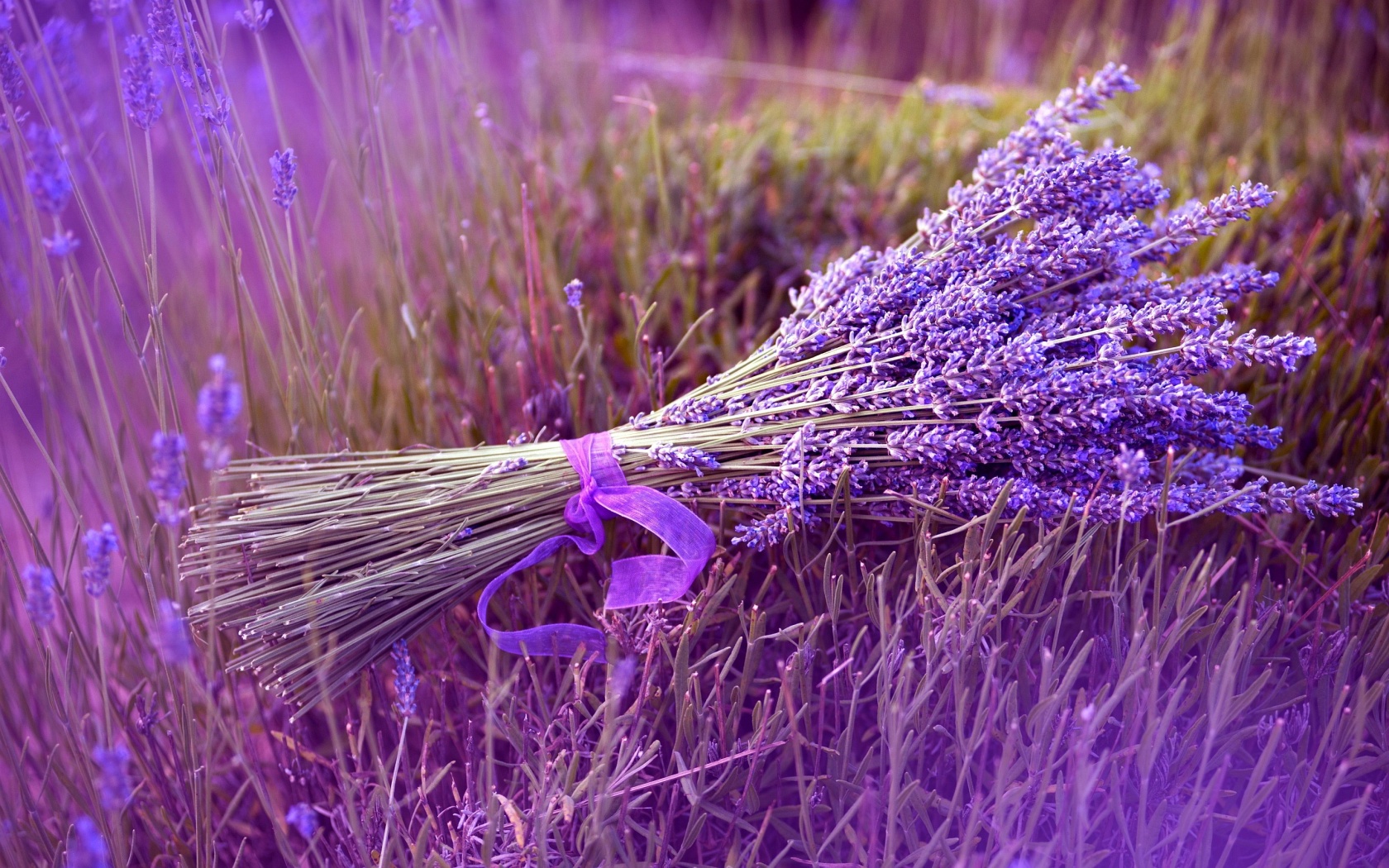The Ultimate Cleansing Herb
Lavender, when spoken, produces thoughts of clean in our minds. This is a natural reaction and it makes sense since its name came from the term lavare, or latin for wash or bathe. This has transcended throughout generations as our ancestors used lavender as a wash aid for laundry and cosmetic and scent companies use it today for cleansing and beauty products.
It has a pleasant odor, is edible, medicinal and has uses in the garden.
Types of Lavender
Engish lavender (Lavandula Angustifolia) is a mounding type herb with silverish-green leaves that are scented. When flowering, the show is quite exquisite. This is the culinary and medicinal favorite.
French lavender (Lavandula Detata) is more of a landscape herb with its leaves and flowers smelling strong of pine and camphor. This variety flowers continuously and is great for potpourris and sachet uses.
I am going to focus this article on English Lavender because it is most likely to do well in our climate of high humidity and wet winters.
Uses in Medicine
Lavender’s herbal actions are: click here for definitions
- Antidepressant
- Antimicrobial
- Aromatic
- Bitter
- Drying
- Cooling
- Carminative
- Cholagogue
- Hypnotic
- Nervine
- Sedative
Lavender is one of the most widely used herbs on the planet. It has been used to treat digestive problems, insomnia, mental exhaustion, headaches, anxiety and depression. It has been used to disinfect wounds and hospitals have used it to disinfect and sterilize surfaces and equipment.
Lavender essential oil has over 150 compounds in it and is easily and quickly absorbed into the skin. In fact, it can be detected in the blood in as little as 5 minutes! It can be used to treat heat exposure, fevers, aches and pains, over-exertion, jet lag, rashes, sprains, sunburn, sunstroke, bruises and burns. It is also a great natural insect repellant.
Lavender has also been studied for increasing air quality. A study in Europe found lavender essential oils to reduce influenza, strept. and staph. in hospitals. In fact, this study increased air quality so much via lavender’s antimicrobial properties that even after the study was over, some hospitals continued to use this method for air sterilization!
Recipe!
Lavender is so easy to use, there is no need for a recipe at all! For relaxation, mood elevation and better sleep, just smell the plant! You could have a live plant in a pot indoors or a sachet or dried flowers under your pillow or on your nightstand. I would suggest the best use is by using lavender essential oil in a diffuser since that will both help you relax and clean the air!

Uses in the Edible Landscape!
Lavender is also a great companion plant as it helps repel certain insects while also drawing in pollinators. Use in areas humans visit often for the smell and to repel mosquitos and flies. Plant next to cabbage family plants such as broccoli, brussels sprouts, cabbage, cauliflower, kale and kohlrabi as it deters cabbage worms. Also plant as a border to help deter deer and rabbit.
How to Grow!
This section is going to be short. Give lots of sun and well-drained soil. Lavender is a mediterrean herb so it likes sandy or even gravely soils although it will do well in most soils so long as they are well drained.
Planting
Either buy a plant or take cuttings as it does not reproduce true to seed and needs stratification in order to germinate.
Care
Prune 1/3 of the plant back 6 weeks before the first frost. Since it is a woody herb, it is not advised to cut back into the woody stems as it might not regrow properly if cut back too severely. Just trim back to herbaceous growth.
Harvest
Harvest flower stalks as needed and save prune clippings even if just leaves as they are also scented.
Post Harvest – Curing & Storage
Dry in cool dry outdoor conditions or on lowest setting in dehydrator or in oven with door open and oven on low.
[TheChamp-FB-Comments]

